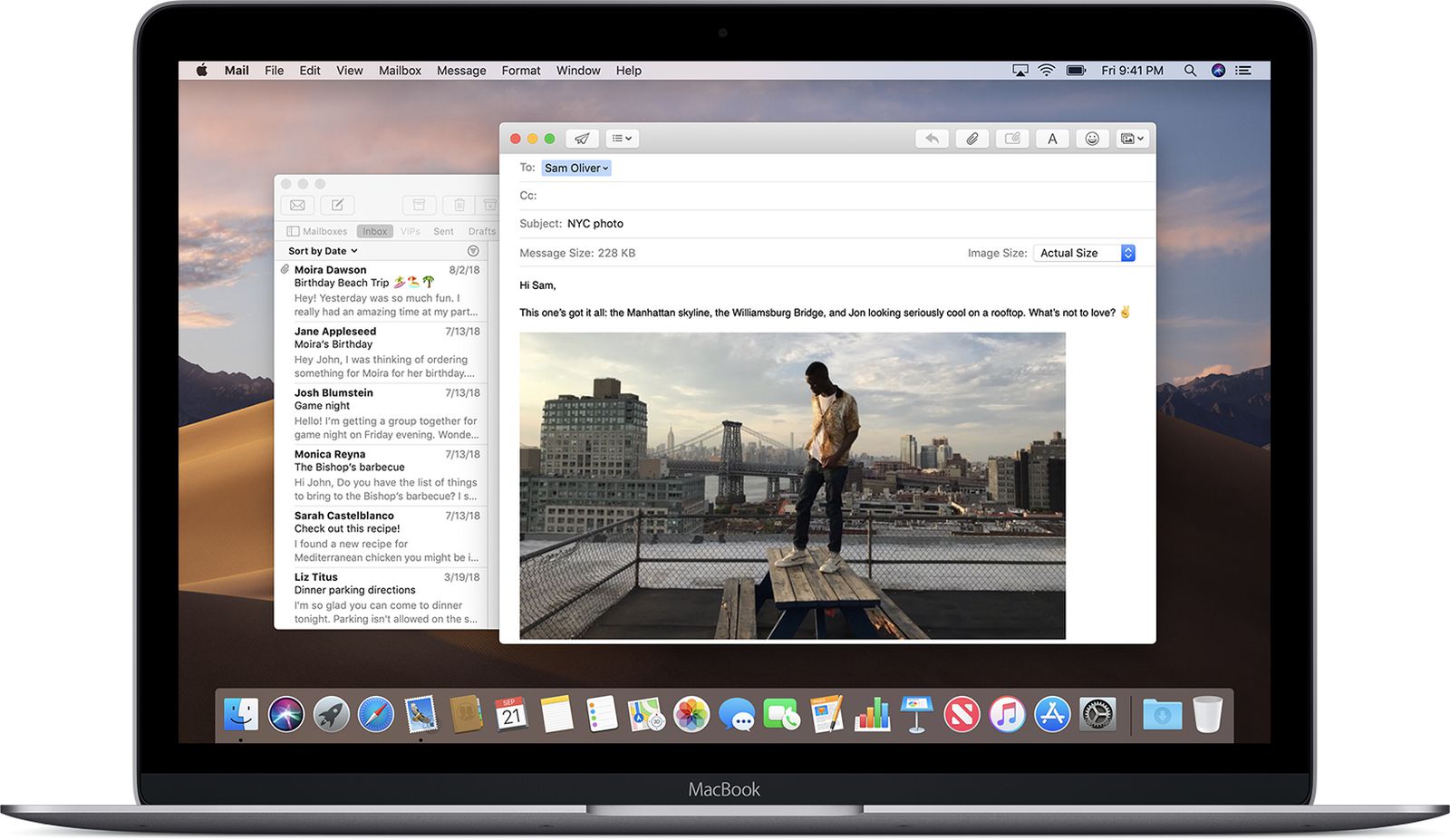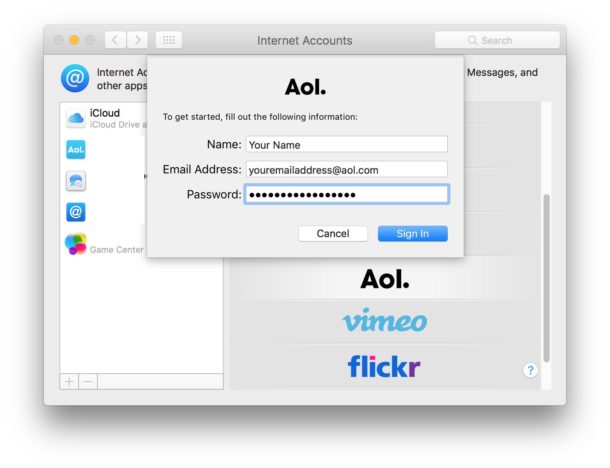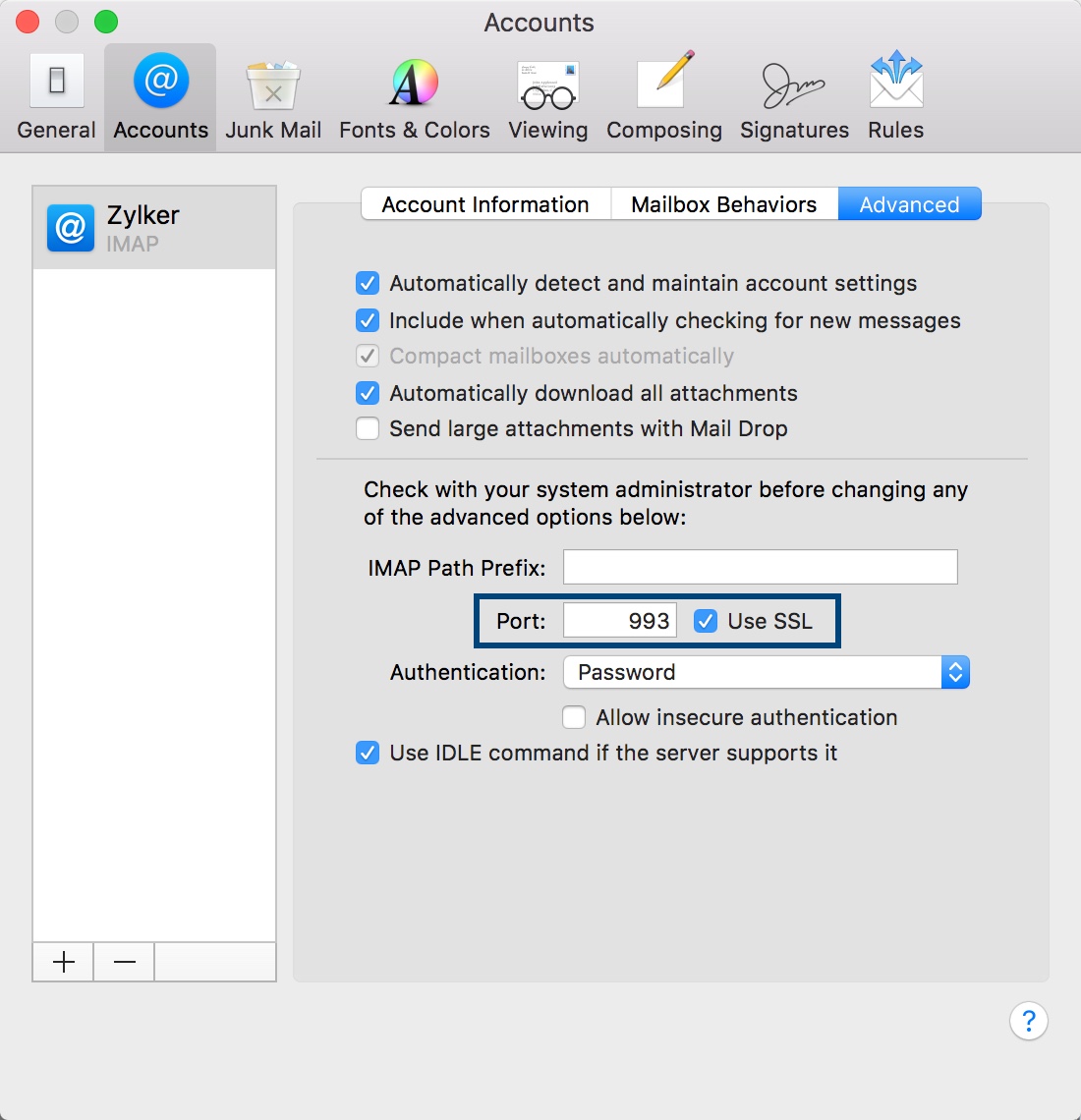

Once you have space on your computer, figure out what version of OS X you would like to install. To uninstall certain apps, find the Uninstaller tab and select the apps you haven’t been using for a while.
#Mac os x mail apps software
You can, of course, do so manually by deleting unused files and uninstalling old software to free up disk space. You’ll need around around eight gigabytes free depending on which macOS you downgrade to.Įven if you do have enough space, it’s a good idea to clean your computer before installing the desired operating system. Tabbing over to Storage will let you know how much disk space you have available. Clicking the apple in the top left corner of your desktop and selecting About This Mac will allow you to see what OS X version you are currently running.

Make sure you are ready to downgrade your operating system by checking in with what version of OS X you already have and ensuring you have enough hard drive room to download the older version.
#Mac os x mail apps install
In this article, we’ll take you through everything you need to download and install an old OS X on your Mac.
#Mac os x mail apps how to
But I haven't bothered to try to fix it - I keep the two browsers on separate desktops, and navigating between them hasn't been a problem.Try free ✕ How to Install Old OS X on Your MacĪlthough you might think that going back to the old macOS is not possible by looking at the App Store Updates tab, it’s actually quite easy to do. However, sooner or later, Chrome rereads its icon file and gets the one corresponding to whichever of the two apps was started last, resulting in two running applications with the same icon. The first line is an unsuccessful attempt to give the two applications distinct icons. The second line starts Chrome with the alternate profile (the -user-data-dir parameter).

Here is the one for altChrome: do shell script "cd /Applications/Google\\ Chrome.app/Contents/Resources/ rm app.icns ln /Users/garbuck/local/chromeLaunchers/Chrome-swirl.icns app.icns"ĭo shell script "/Applications/Google\\ Chrome.app/Contents/MacOS/Google\\ Chrome -user-data-dir=/Users/garbuck/altChrome >/dev/null 2>&1 &" What I ended up with was two AppleScript applications containing two commands each. But that's ugly and complicates updating. I suppose the brute-force way to accomplish the above goal would be to make two copies of the Google Chrome application bundle under the respective names. In other words, I needed two regular Mac applications, regChrome for normal browsing and altChrome to use the special profile, to be easily started by keying ⌘-space to bring up Spotlight, then 'reg' or 'alt', then Enter. I wanted to be able to start them from Spotlight, as is my habit for starting Mac apps.

I wanted to have two separate instances of Chrome running, each using its own profile.


 0 kommentar(er)
0 kommentar(er)
